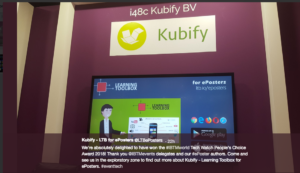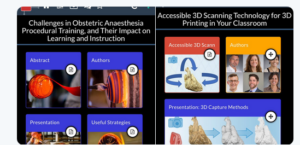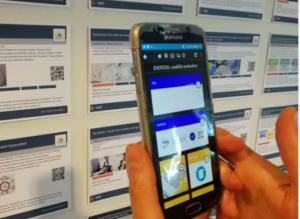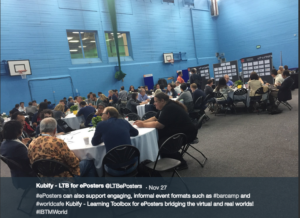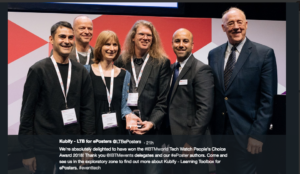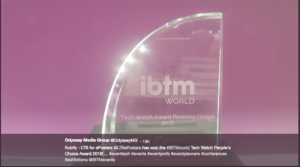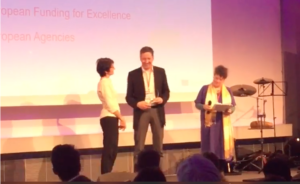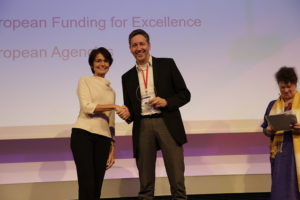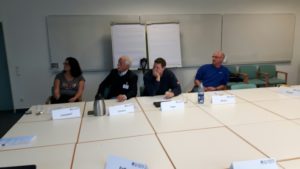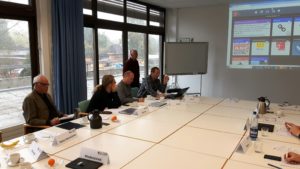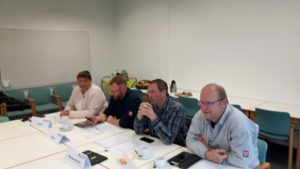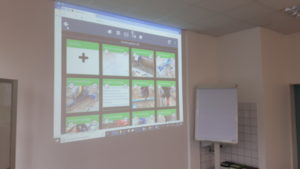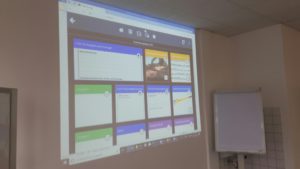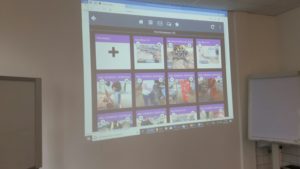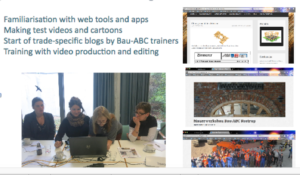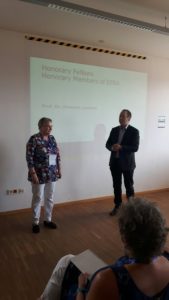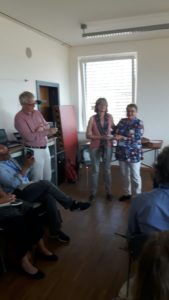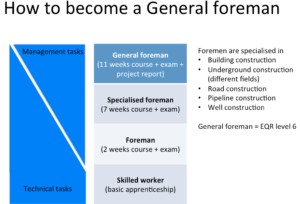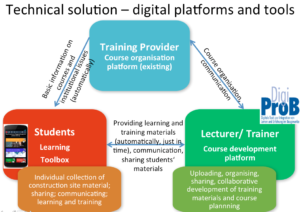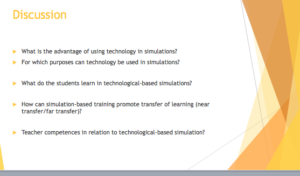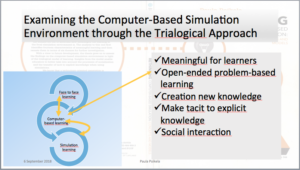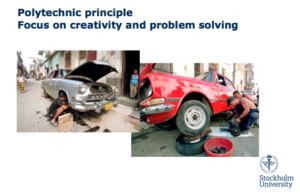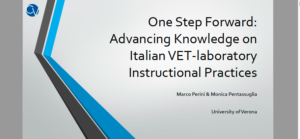With my previous post I started to blog on the third transnational project meeting of our EU-funded project TACCLE4-CPD that took place in Pontypridd, Wales. This project is working with frameworks, pedagogic concepts and arrangements for continuing professional development (CPD) of teachers and trainers in promoting their digital competences. It builds upon the achievements of three previous TACCLE projects that worked directly with teachers and provided support for promoting their digital competences. The fourth project has the task to support training providers and managers in shaping adequate arrangements for CPD in different educational sectors and enhancing appropriate digital competences.
In my previous post I gave a picture, how we revisited the key idea of this project and in what respect we have to face different challenges than the earlier TACCLE projects. The main difference is that we have to support policy-developers, educational managers and training providers – not immediately acting teachers and trainers. This has consequences for the policy analyses and frameworks to be developed in the project – as well as for our approach to collecting Open Educational Resources (OER). In general, we reached a common conclusion on giving a central role for our work with a Mindmap as an integrative tool. However, as I see it, this provided further challenges, how to link my contributions to this approach.
Linking the sector of vocational education and training (VET) to the work of TACCLE projects
In this context it is worthwhile to remind that the TACCLE projects have so far focused on general education (and general adult education). Thus, the emphasis has been on school-based education and classroom teaching. In this respect the field of vocational education and training (VET) with different institutional settings and with different interfaces between education and working life has not been present. As a contrast, our institute (ITB) had recently worked in a major EU-funded project Learning Layers in which we worked together with construction sector and with a training provider for work process -oriented learning. As a contribution to this project we had organised two campaigns for training of trainers to enhance their digital competences. In the proposal for the TACCLE4-CPD project this background had been highlighted as a major asset of our institute ITB in the current project.
However, when the TACCLE4-CPD project started working, it became clear to me that I have to provide insights into the legacy of the Learning Layers project and what needs to be considered when discussing CPD policies and measures in the field of VET. Also, I noticed that there is a need to provide insights into the institutional complexity of the German VET system – in order to grasp the role of different policy levels and R&D programmes. In this respect I felt that we from ITB had to work ourselves in into the TACCLE4-CPD projects and that we had to open new perspectives for the project work. Below I illustrate this process with three key themes.
Critical analyses of policies for promoting digital competences in the field of VET
Already in an earlier blog I had addressed the institutional complexity of the German VET system – with reference to the federal governance model and the dual system of VET (based on workplace-based training supported by school-based education). Taking into account the diversified power structures on education and training it is possible to understand the relevance of R&D projects and of specific sectoral partnerships. Therefore, I had produced for our November meeting a report that firstly gave a brief overview on the governance structures in education and training in Germany. Then I presented an overview of selected R&D projects that have a relevance for promoting digital competences and in shaping patterns of CPD. Thirdly, I included some interviews from actors in the field to highlight, what kind of impact different policies and initiatives have at the local level.
When I presented this contribution, I realised that it was written in the old way as a national report. In the light of our discussion on the critical analysis of policies I needed to transform the perspective to a general approach to the field of VET. Then I needed to outline different systemic models and levels of policies – after which the German governance structures could be given as examples. In a similar way the level of R&D programmes should be outlined with some main themes – under which the selected cases should be given as illustrative examples. Finally, the engagement of actors in the field should be discussed in the light of lead initiatives and by presenting modes of participation. In this way the report would provide (to some extent) an introduction to the VET section in the MindMap and should also address, how the MindMap can be used.
Exploring the project histories of TACCLE projects and of Learning Layers
As a second contribution I had prepared a discussion paper that compared the project histories of the three earlier TACCLE projects and that of the Learning Layers (LL) project (with focus on the Construction pilot). In both project histories I noticed similar phases of search, reorientation and enrichment and encountering new challenges. From the perspective of LL project experience I emphasised the central role of Learning Toolbox (LTB) as an integrative toolset for supporting vocational and workplace-based learning. From this perspective there is a slight tension vis-à-vis the former TACCLE projects that focused on general school education and emphasised the role of teachers’ handbooks.
When discussing this contribution I realised that I had not been able to reach the perspective of TACCLE4-CPD. Here, in addition to the work with the MindMap, it is worthwhile to take a look at the DigCompEdu framework as a bridging approach. Based on this framework it is possible to see the legacy of the LL project (including the co-design process, the training campaigns and the introduction of the LTB) as a systematic effort to link occupational competences, pedagogic competences and learners’ competences to each other. Here, the LTB served as a toolset that was shaped to support such integrative processes. From this perspective I needed to rework the paper to emphasise this approach and to avoid an impression that I would only be pushing the tool as such.
Reflections on different training models for promoting digital competences
A further important theme that we discussed was comparison of different training models. We noticed a general trend towards divisive grouping of training models as abstract lists. In our discussion we found it more appropriate to reinterpret such ‘models’ as ‘characteristics’ and to look, how different characteristics can be combined in holistic training concepts. From this perspective the “Theme Room” training that was used in the LL project would serve as an interesting case. In particular the prospect of further development of this concept – including the use of LTB during the training and after it – is an interesting challenge.
—
I guess this is enough of these points. To some extent this brief report may appear as insider-discussion – given that the MindMap is not yet there as an illustration. However, to me it was important to write down my interim conclusions for further work in the project.
More blogs to come …
